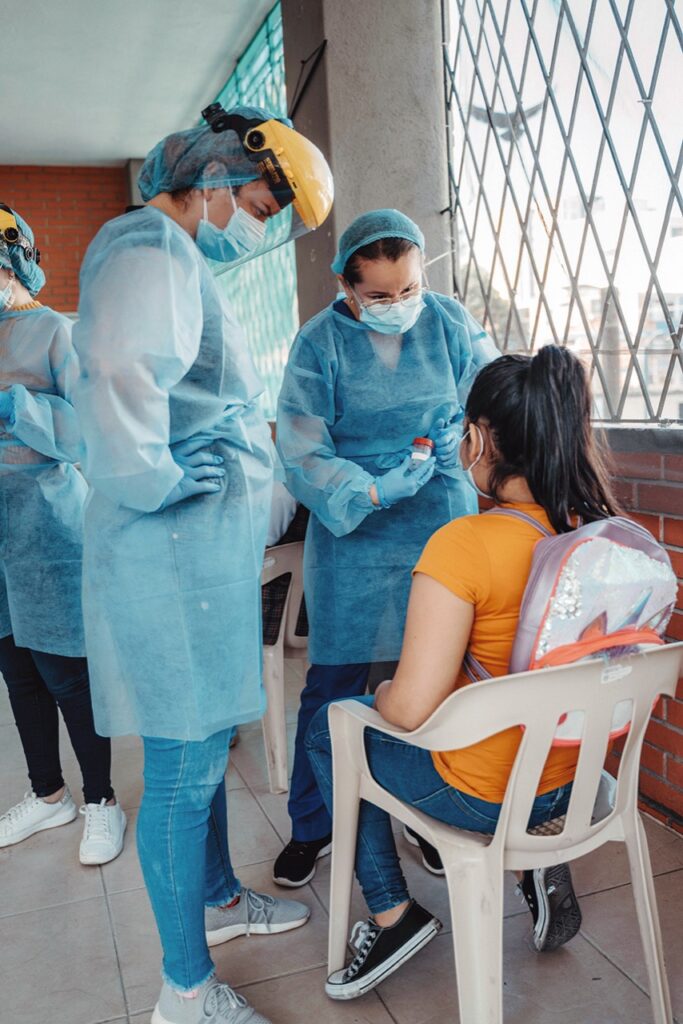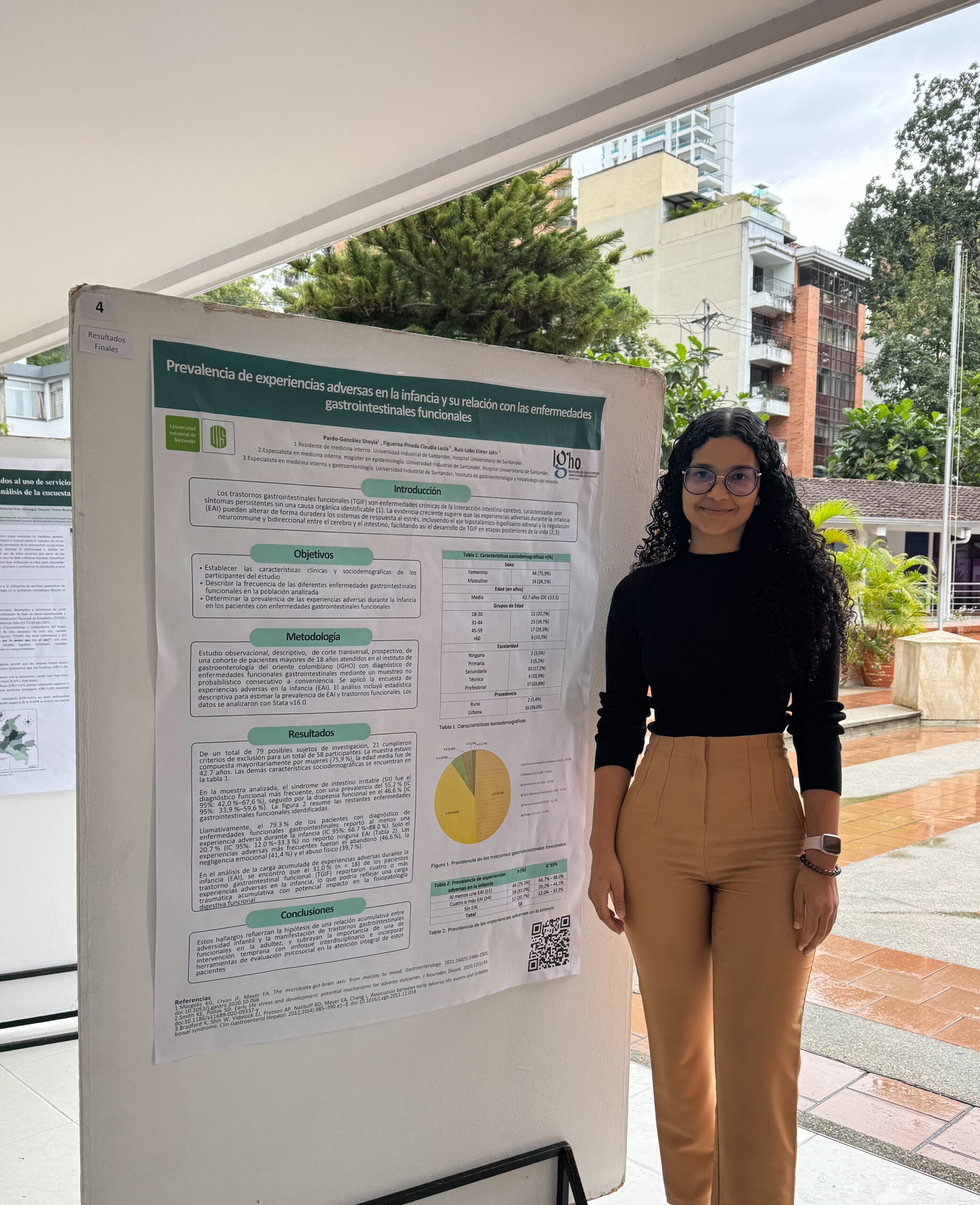
The trend of Covid-19 infections continues to decrease. According to the Ministry of Health, on March 17th of this year, there were 15 new COVID-19 infections in Santander and no person had a cause of the virus.
This is largely due to the progress in vaccination, where at least 70% of Santander citizens have completed the scheme, according to figures from the Ministry of Health of Santander. So far, the 87 municipalities are on the green scale and exceed 81.2% of vaccines applied.
However, in 2020 the outlook was not so encouraging. In that year, Santander had 69,190 cases of infection and 4,210 deaths due to Covid-19, according to the study ”Epidemia por Covid-19 en Santander 2020: análisis epidemiológico desde un enfoque territorial por provincias’, conducted by the Faculty of Health of the Universidad Industrial de Santander and the Secretaría de Salud Departamental.
“During the first year of 2020 what was shown is that the magnitude of the affectation started in the área Metropolitana and Barrancabermeja, which are the largest urban centers, and in the other provinces there was a behavior that had different moments. The report also shows that in terms of mortality it was more concentrated in the área Metropolitana and Barrancabermeja, without saying that in the other places it was not important. What happened was that the diagnostic effort in the provinces was lower and that is why they registered as if they had higher lethality, even though mortality was lower; what it means is that since they have fewer tests, they have fewer diagnosed cases. When they managed to have their epidemic peaks, they managed to strengthen diagnosis and care.
The analysis showed that the Metropolitana provinces, with 74% of the cases, and Yariguíes, with 18%, had the highest infection rates. These two areas also had high incidence and mortality rates, while the provinces of Soto Norte and García Rovira had the highest mortality rates.
The results of this study show that the behavior of the epidemic was asynchronous and differential in the provinces of Santander. The initial impact of confirmed cases and deaths was mainly in the área Metropolitana of Bucaramanga, where 74% of the cases were confirmed, and Barrancabermeja, with 18%, and then spread to the other provinces.
“This evolution of the epidemic in Santander can be explained, mainly, by the mobility of the population from the AMB to the capitals of the other provinces, and from there to the other municipalities, once the restriction to inter-municipal mobility was lifted,” said the article was written by Professor Rodriguez and Alexander Torres, from the Secretaría de Salud Departamental.
In 2020, in the Department, 4,210 deaths from Covid-19 were recorded, of which 77% were in the Metropolitana province. Sixty-seven percent of the deaths were male and 77% occurred in people aged 60 years and older.
“What can be analyzed is that the delay in diagnosing people was related to the increase in mortality as well, not only the age or sex of the person but also the delay in diagnosis,” said Professor Rodriguez.
The report highlights the strategy implemented by the Gobernación de Santander to increase its installed capacity of personnel to work in the provinces, as well as the strengthening of the provincial primary health care teams to meet its responsibility in the accompaniment and complementarity of these municipalities.
Now the challenge with vaccination, according to the UIS researcher, is to maintain coverage of the population.
“We can see that in the área Metropolitana there is progress and I would say that the challenge is to reach and specifically identify people who have comorbidity or age risk, so that in a focused way all the breakdowns arrive, not only with completing the scheme but also with the booster doses,” Rodriguez pointed out.






